Enormous investments are planned in steel production
by Dagmar Dieterle
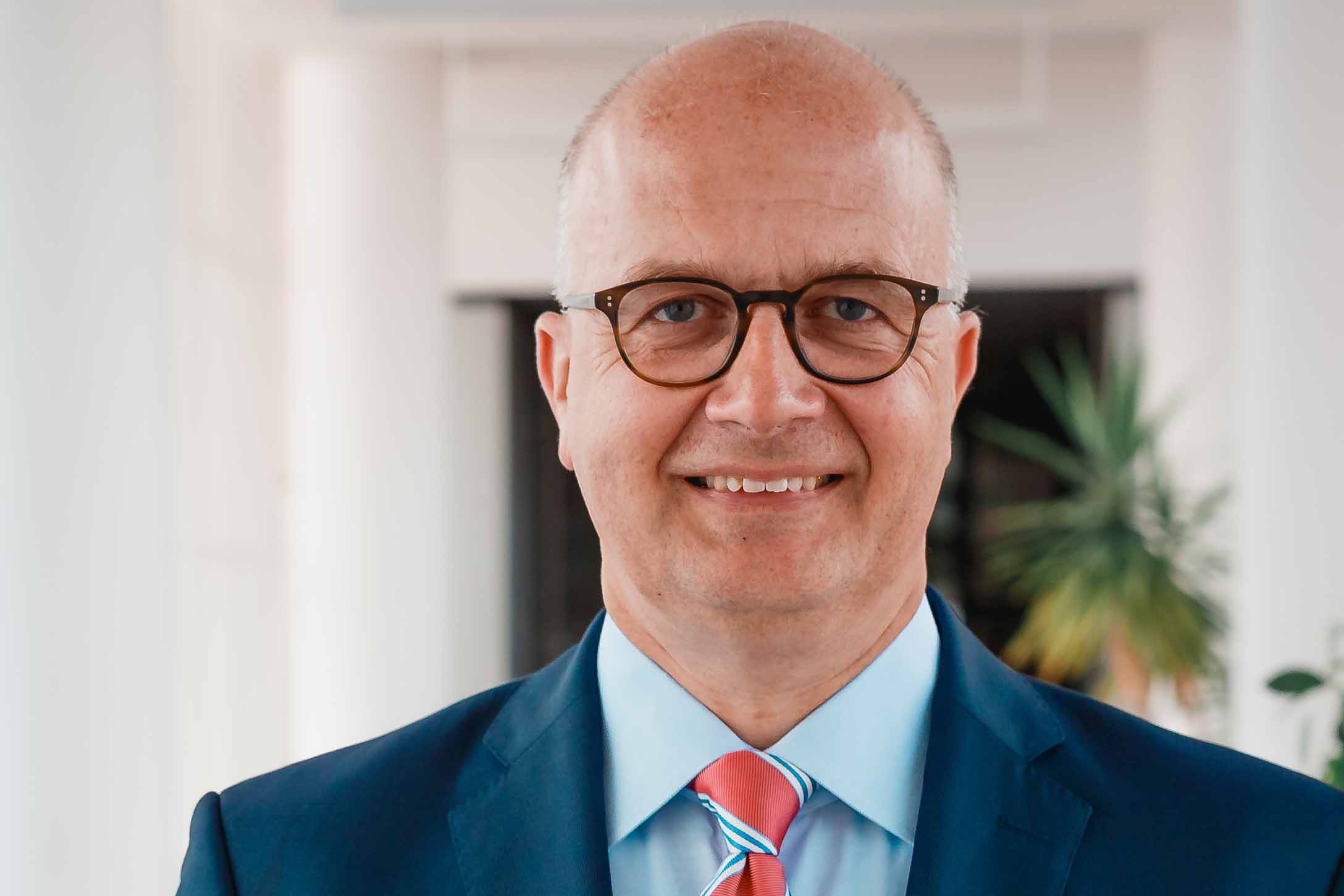
Tata Steel plans to be climate-neutral by 2045. At its European production sites in the Netherlands and the UK, the steelmaker is implementing different concepts that make optimum use of the respective site conditions. One thing is clear: Steel production will change fundamentally. But how can this change be successful? What investments and infrastructure are needed? We asked Henrik Adam, Vice President European Corporate Affairs at Tata Steel Limited:
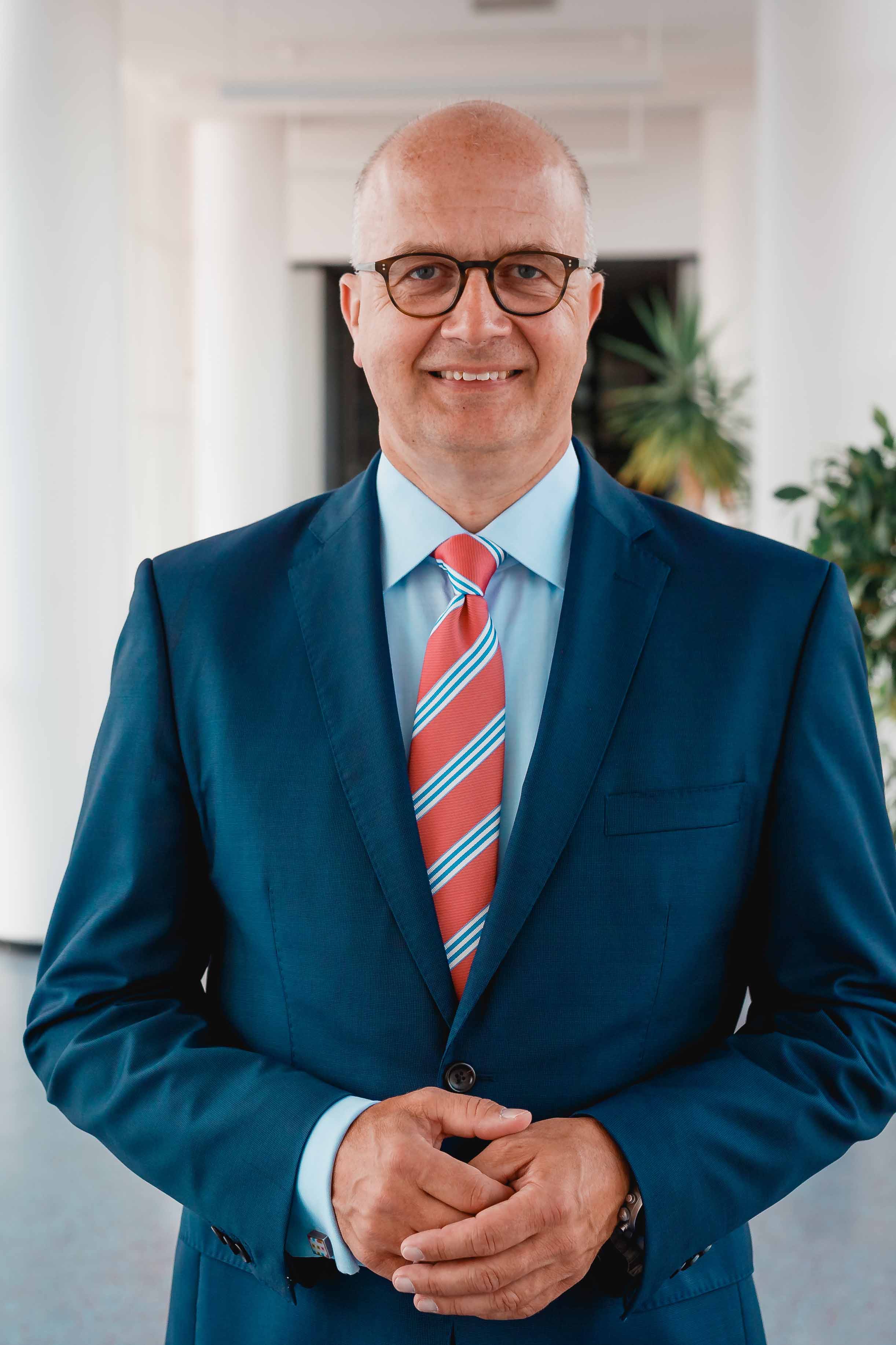 What motivates Tata Steel?
What motivates Tata Steel?
Our Indian holding company Tata Steel has announced that it wants to be climate-neutral by 2045. That is a very ambitious target. In Europe, we have two production sites, in the Netherlands and the UK. In both countries we are currently in talks with the respective national governments to discuss ways of supporting local investments. In both countries, the talks are focusing on both capital investments and legal framework conditions in the energy sector.
In the UK, our aim is to make steelmaking based on steel scrap the preferred technology of the future. In this way we want to take advantage of the fact that the UK has an outstanding position as one of the biggest scrap exporters on the international scrap market. In the Netherlands we plan to replace coal with hydrogen. We want to replace our blast furnaces, coke plants and gas plants completely with new facilities in which we use hydrogen and iron ore to produce steel.
marketSTEEL: What investment opportunities would you like to see?
We have a great opportunity to drive decarbonization by transforming the steel industry and making it greener. And this is absolutely necessary to achieve the Net-Zero target set by European governments. However, we cannot manage this enormous change and the complete transformation of our steel process alone.
Other European countries have already given financial support for the decarbonization of their steel industries. We need a level playing field in the Netherlands and the UK to ensure we remain sustainably competitive in Europe and globally.
marketSTEEL: The CO2 transformation path is clearly strategically defined at Tata Steel. How are you proceeding? Where do you see a need for action?
The transformation to CO2-free steel is one of our most important strategic corporate goals, if not the most important. This is the only way we can remain sustainable and competitive. Direct reduction is a long-tested process, but the scale of the required electrolysis capacity in particular is a major challenge. We have many talented and experienced colleagues who are tackling this very challenge.
We see other complexities in regulatory measures and the support of national and European governments. Sustainable and economic solutions still need to be found for this. Furthermore, the availability of sufficient green energy, the associated infrastructure and economic possibilities to store energy from renewable sources in the longer term will become a very important issue in the coming years.
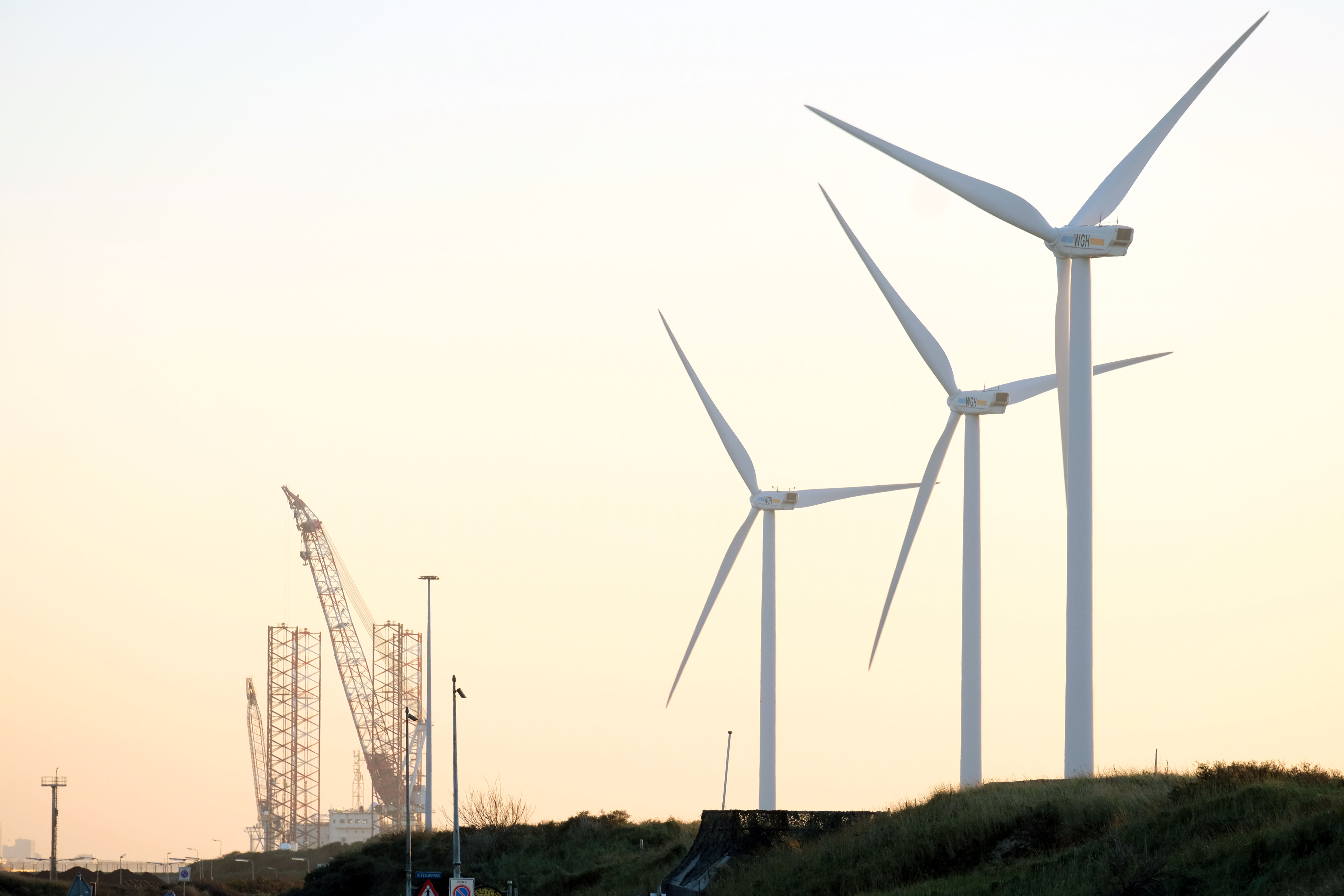 marketSTEEL: In the production of green steel, a new value chain is emerging in previously unknown dimensions.
marketSTEEL: In the production of green steel, a new value chain is emerging in previously unknown dimensions.
Absolutely. Steel production is a big lever in the transformation of many other industries. Incredibly many sectors are currently undergoing a transformation, and this is especially true for their supply chains. Let's take the end product in which our steel is used as an example: Tata Steel Nederland already signed a memorandum of understanding with Ford last October. As a result, the automaker has already secured our Zeremis brand green steel as soon as we produce it in IJmuiden via the hydrogen route in a few years' time.
Here we can see very clearly how important steel is in the value chain of many end products so that Ford can also achieve its sustainability goals. Because the demand for CO2-reduced steel is so high, we also launched Zeremis Carbon Lite on the Dutch market and Optemis Carbon Lite on the British market last year. This means our customers can already use a steel that is assigned a carbon footprint reduced by up to 90 percent.
marketSTEEL: How are you proceeding with the transformation of the mills to "green steel"?
For our integrated plant in IJmuiden, our preference is to convert the entire steel manufacturing process by 2030. To this end, we would like to have commissioned two direct reduction plants and three electric reduction furnaces in 2030. This would save between 35 and 40% of our CO2 emissions.
Preparations for this are already in progress. For example, last August we signed contracts worth 65 million euros with three partners for the technical preparations for the hydrogen route. With regard to permits and project planning, we are in active exchange with the federal and state governments. We also want to involve our residents and interest groups in the planning process. For example, we want to give them the opportunity to submit feedback and ideas for the construction phase. In this way, we want to ensure that environmental impacts are kept to a minimum.
In the UK, numerous projects are already in progress at all our operating sites to reduce energy consumption, improve our carbon footprint and raise our sustainability profile. These projects are significant and are recognized by our customers. However, a fundamental shift in iron and steelmaking technology is required if we are to achieve the company's Net Zero targets.
marketSTEEL: The issue of energy is becoming increasingly important. How do you secure energy?
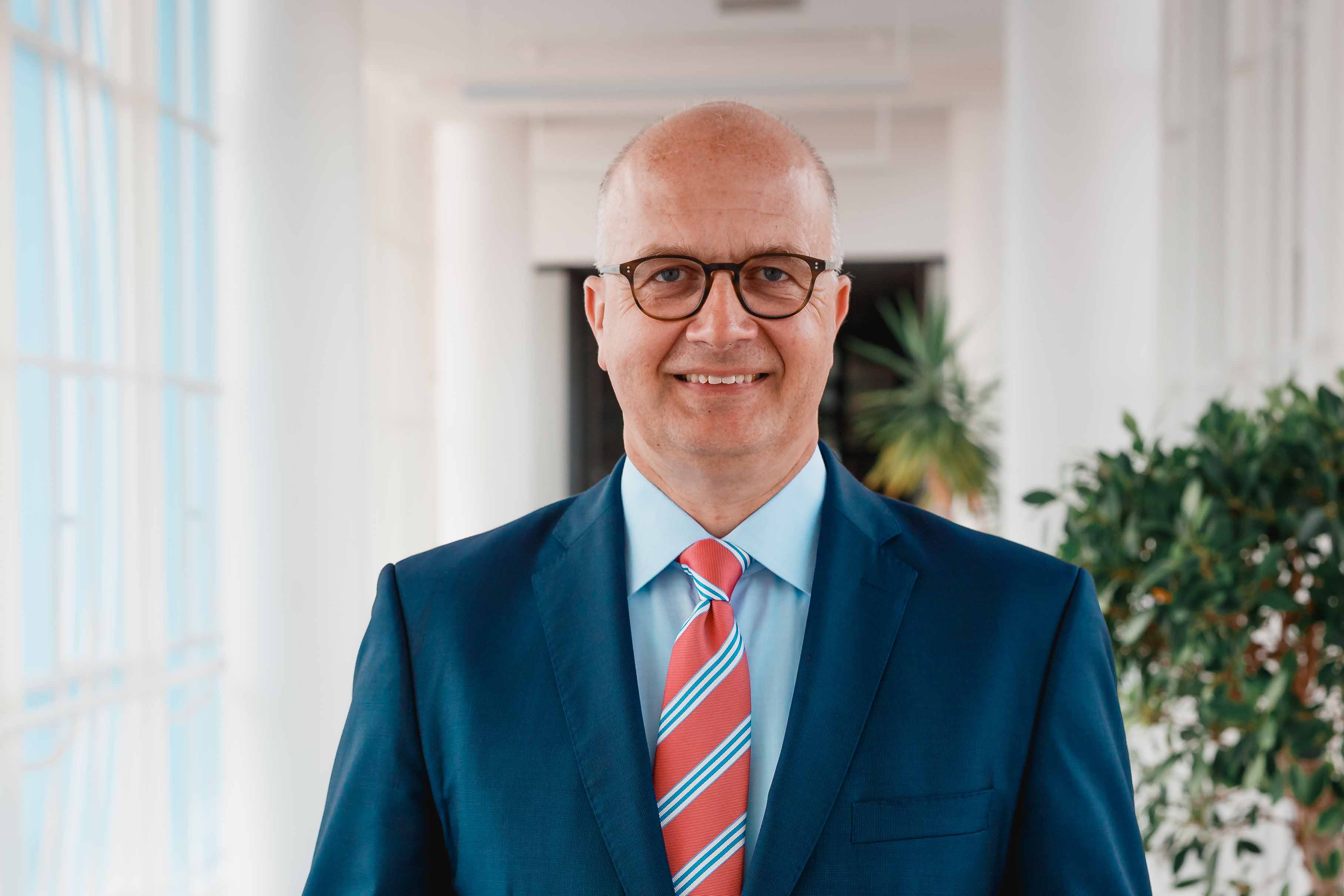 That's right, the availability of sufficient renewable energy is one of the most important issues in our transformation. For example, we will need approximately 17 terrawatt hours in the Netherlands for both local hydrogen production and the electrification of our site. That is about as much energy as Berlin consumes in a year.
That's right, the availability of sufficient renewable energy is one of the most important issues in our transformation. For example, we will need approximately 17 terrawatt hours in the Netherlands for both local hydrogen production and the electrification of our site. That is about as much energy as Berlin consumes in a year.
This example shows very clearly that, on the one hand, the availability of sufficient green energy is becoming increasingly important. On the other hand, this also applies to its storage and the stability of the power grid, as well as the costs and financing options. All of this is important, not least in order to remain competitive in Europe, but also on the global market.
In the Netherlands, we therefore reached an early agreement with the national power grid operator TenneT to obtain a power connection to the national grid. This connection will enable us to purchase around one gigawatt of additional electricity. In the UK, too, we will necessarily need increasing amounts of electricity on the way to carbon-free steel production. And to achieve our Net Zero targets, it is important that this is generated from renewable resources. This is precisely the issue on which we are in constant dialog with National Grid, the UK's largest distribution system operator.
marketSTEEL: Hydrogen is becoming increasingly important. What are you focusing on here?
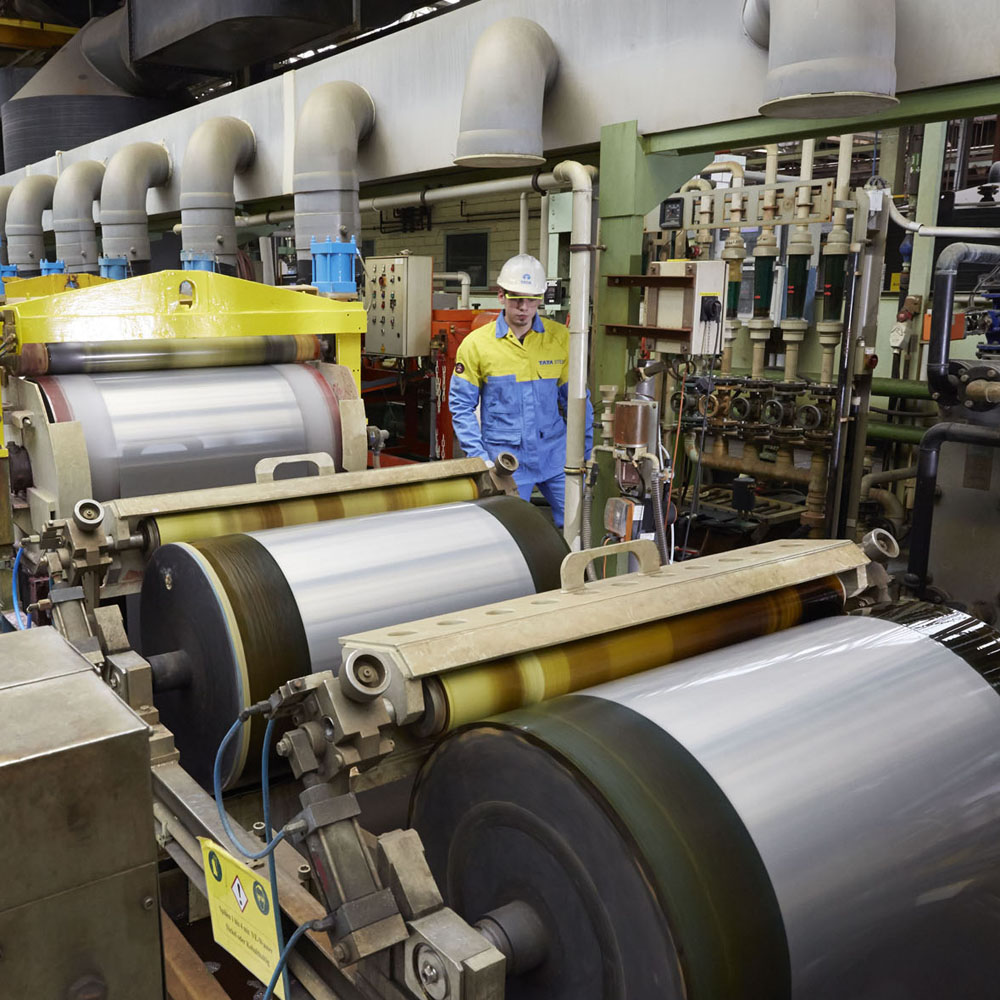 The hydrogen issue is new and has immense momentum. It will be very important to scale the production of green hydrogen as quickly as possible and to build a solid network to transport it. The plants in the route we have chosen in the Netherlands can initially also run on natural gas. However, we want to switch to hydrogen as quickly as possible.
The hydrogen issue is new and has immense momentum. It will be very important to scale the production of green hydrogen as quickly as possible and to build a solid network to transport it. The plants in the route we have chosen in the Netherlands can initially also run on natural gas. However, we want to switch to hydrogen as quickly as possible.
To do this, we will need between four and five gigawatts of renewable energy. We can obtain this, for example, via the green energy from the planned wind farms in the North Sea, via the planned hydrogen infrastructure in the north of the Netherlands, and also via possible imports from other countries. The location of our site in IJmuiden is very favorable for this, as it is close to the sea. A number of wind farms have already been built here and more projects are underway.
Thank you very much for the interview
Photo: Tata Steel

